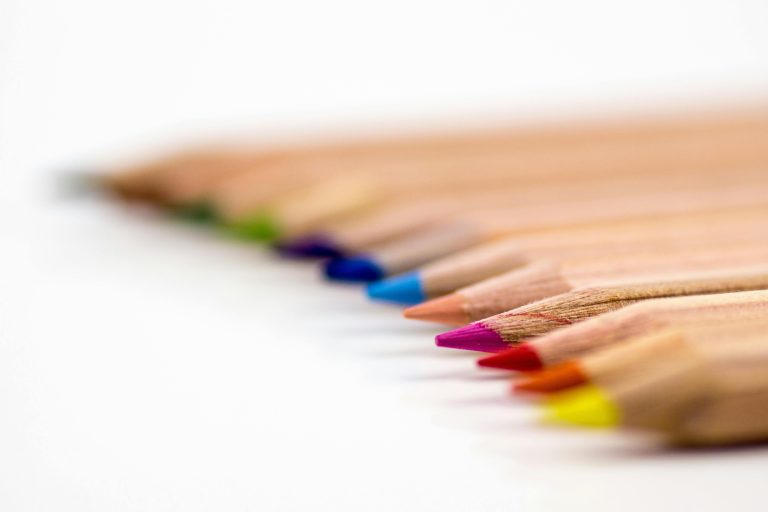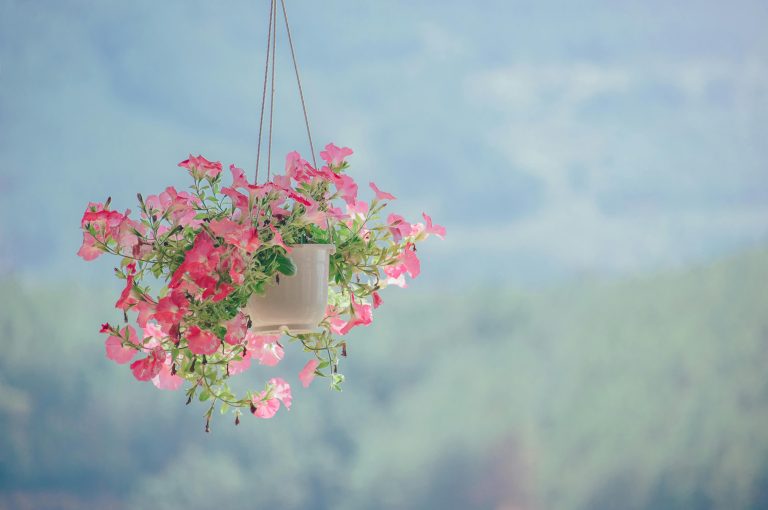Visual Therapy: The Psychology of Why Calming Aesthetic Videos Actually Work
Ever scrolled past a video of jelly cubes slowly sliced with a blade? Or slime that folds like silk? Or a cozy, pastel desk setup you don’t even need—but somehow feel relaxed just watching?
That’s not random. That’s psychology. Calming visuals—also known as “visual ASMR” or aesthetic stimulation—actually activate parts of your brain associated with pleasure, safety, and emotional regulation. In a digital world full of noise, these simple, satisfying moments become micro doses of peace.
Let’s unpack why they work—and how to use them to reset your nervous system.
Visual Stimulation and the Brain
Your brain is wired to respond to visuals before anything else. In fact, over 50% of the brain is involved in visual processing. That’s why even a short loop of something soft, slow, or symmetrical can instantly shift your mood.
Certain visual elements have a predictable, grounding effect:
- Repetition = safety
- Symmetry = order
- Soft color palettes = emotional calm
- Slow movement = nervous system regulation
This is the same reason you feel soothed watching waves crash in a loop or clouds float across the sky.
What Is Visual ASMR?
Visual ASMR is like traditional ASMR, but for your eyes. It includes satisfying clips like:
- Slime swirling with glitter
- Soap being sliced
- Paint mixing in glass bowls
- Frosting being piped onto cupcakes
- Perfectly folded laundry or towels
- Color sorting, crystal arranging, and smooth surface cleaning
These visuals stimulate your default mode network—the part of the brain that activates during passive, restful moments. This helps reduce overthinking and anxiety while inviting calm and presence.
Color Psychology: Soft Tones, Soft Minds
Color plays a massive role in how visuals affect our emotions. Here’s what calming aesthetic videos often use—and why:
- Pale pinks and lavenders – emotionally nurturing, reduce aggression
- Powder blues – signal serenity, calmness, and coolness
- Whites and creams – evoke purity and clarity
- Soft greens – mimic nature, ease eye strain and lower cortisol
The consistent use of these tones can train your brain to associate them with relaxation. That’s why pastel-toned videos can feel like a breath of fresh air even if nothing’s really “happening.”
Predictability and Satisfaction
Your nervous system doesn’t like surprises. When you watch content that is slow, repetitive, or symmetrical, it gives your brain a feeling of control and closure. For example:
- A brush sweeping sand into clean lines
- A pencil coloring in a perfect gradient
- A cake frosting loop that finishes every time
This creates a dopamine reward loop—the same pleasure response that happens when you complete a task. Your brain registers the “closure” as success, even if you’re just watching it.
Emotional Regulation Through Visuals
Calming visuals don’t just “look good.” They help regulate emotions through bottom-up processing—a psychological technique where sensory input directly influences how you feel, without requiring conscious effort.
Watching a soft loop of soap being shaved can:
- Lower heart rate
- Soothe overstimulation
- Reduce panic symptoms
- Quiet racing thoughts
This makes visual content a form of nonverbal therapy—especially helpful for people who don’t respond to talk-based interventions or need fast relief in anxious moments.
How to Use Calming Visuals as a Tool
You can intentionally build visual therapy into your day, almost like a mood supplement. Here’s how to incorporate it:
- Morning Reset: Start your day with 5 minutes of muted slime or paint mixing while stretching
- Midday Break: Watch a pastel frosting video or candle-cutting clip instead of checking news or social media
- Evening Wind-Down: Set a soft desk-reset video or slime loop as your lock screen or TikTok bedtime playlist
- When Anxious: Search terms like “visual ASMR,” “satisfying loops,” or “soap-cutting aesthetic” for immediate calm
If you create content, you can also design your own: set up a simple loop of organizing crystals, slicing jelly, or folding towels in color order. No voiceover needed—just softness.
Final Thoughts
Your brain doesn’t always need words. Sometimes it just needs color. Calm. Rhythm. Texture. These visuals might feel simple, but they’re profound. They restore balance in overstimulated minds and create emotional stillness without effort.
Whether it’s a soft pink slime swirl or a perfect scoop of ice cream—visual therapy is real. It’s accessible. It’s healing.
For more ways to slow down and reset, keep coming back to SootheSync.







